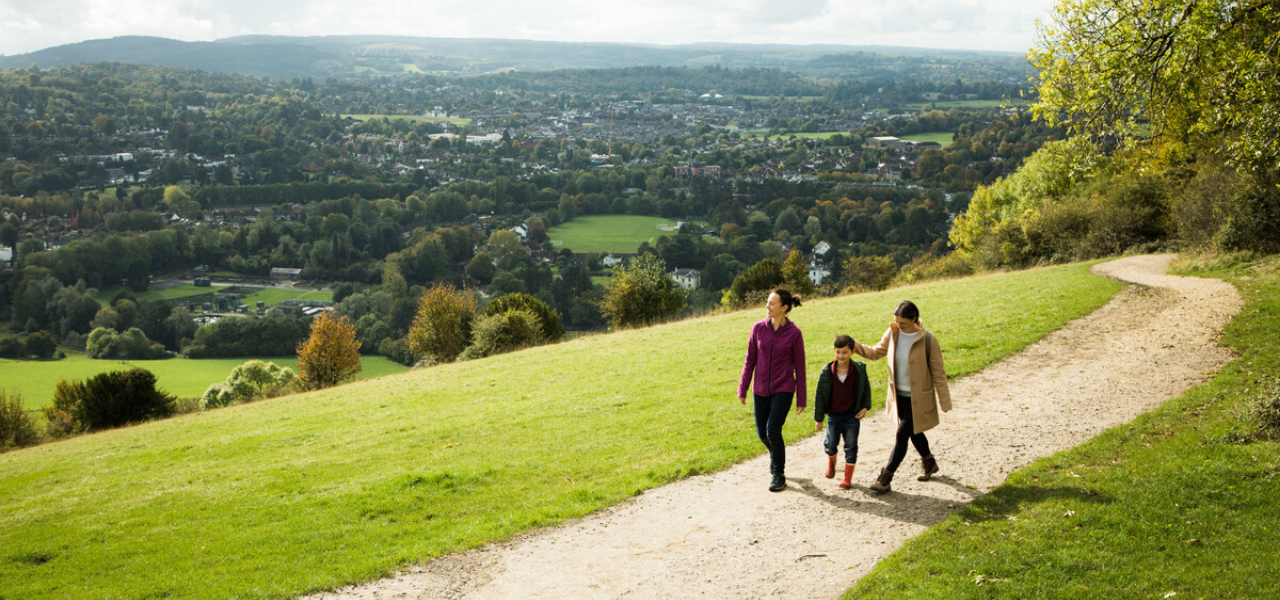The glorious countryside

As some of us head for holidays by the sea, in the hills and valleys or along rivers and canals, we may feel a sense of awe when we come across wonderful views.
Unlike many other parts of the world, in the British Isles the scene is constantly changing. You can travel for thirty miles and be in a different part of the country; each part has its own character and attraction. How fortunate we are to have the seasons and the contrasts that make us appreciate the glories of the countryside.
We should spare a thought for the pioneers who saw that our countryside and coast were disappearing with free for all development. There was a move to protect open spaces in and near towns with the recognition that however beautiful the wild, far flung spaces are, it is the countryside and open spaces nearest to where people live that are most important for everyday lives. The founders of the National Trust in 1895 had the foresight to fight to protect our nature, landscape and heritage. The countryside and parts of the coast that are owned and the country houses and estates that have been given to the Trust are now places that can be enjoyed by all, including many tourists.
There is a famous Punch cartoon of 1919 showing a soldier returning from the war where he had fought to protect England’s green and pleasant land only to find on his return, his valley filled with factories. The move to build in a better way was led by Sir Patrick Abercrombie who, with his friends founded the Council for the Preservation of Rural England in 1926. They argued that if buildings are attractive and in the right place it makes all the difference. Garden cities were a success and so was the action taken to stop ribbon development, bringing a clear demarcation between town and country. Ugly hoardings along the road side were definitely out.
The Council for the Preservation of Rural England had an acronym, CPRE, which became well known in planning circles. Later the name changed to Campaign to Protect Rural England so CPRE is kept. While it might not be possible to preserve a countryside that is changing, it can be protected. National Parks and Areas of Outstanding Natural Beauty have given special protection to large tracts of countryside. Green Belts are fought over but are much needed to give incentive to rebuild on brownfield sites and keep the town centres alive.
Today the challenges are greater than ever. The grab for green fields while large amounts of brownfield exist, the anomaly of the 5 year land supply, the attempts to provide more space for yet more cars as opposed to providing public transport for all, the lack of affordable housing, the lack of individuality on many housing estates, the list goes on. There are other groups that CPRE can now join forces with, including the Wildlife Trusts, Campaign for Better Transport, and the Open Spaces Society.
Dame Fiona Reynolds, who was CPRE’s Director and then became Director of the National Trust for ten years has just written “The Fight for Beauty”. She traces the amazing efforts and achievements of those who campaigned in the late 1800s and the 1900s and writes passionately about the importance of landscape beauty in a world where economic growth is crowding out everything that cannot be given a monetary value. It would help, she says if we talked about beauty rather than using bureaucratic “words like biodiversity, ecosystem services, natural capital and sustainable development.” The human soul needs beauty. She highlights the apt quotation from John Muir (1838 to 1914) “not blind opposition to progress, but opposition to blind progress.”



